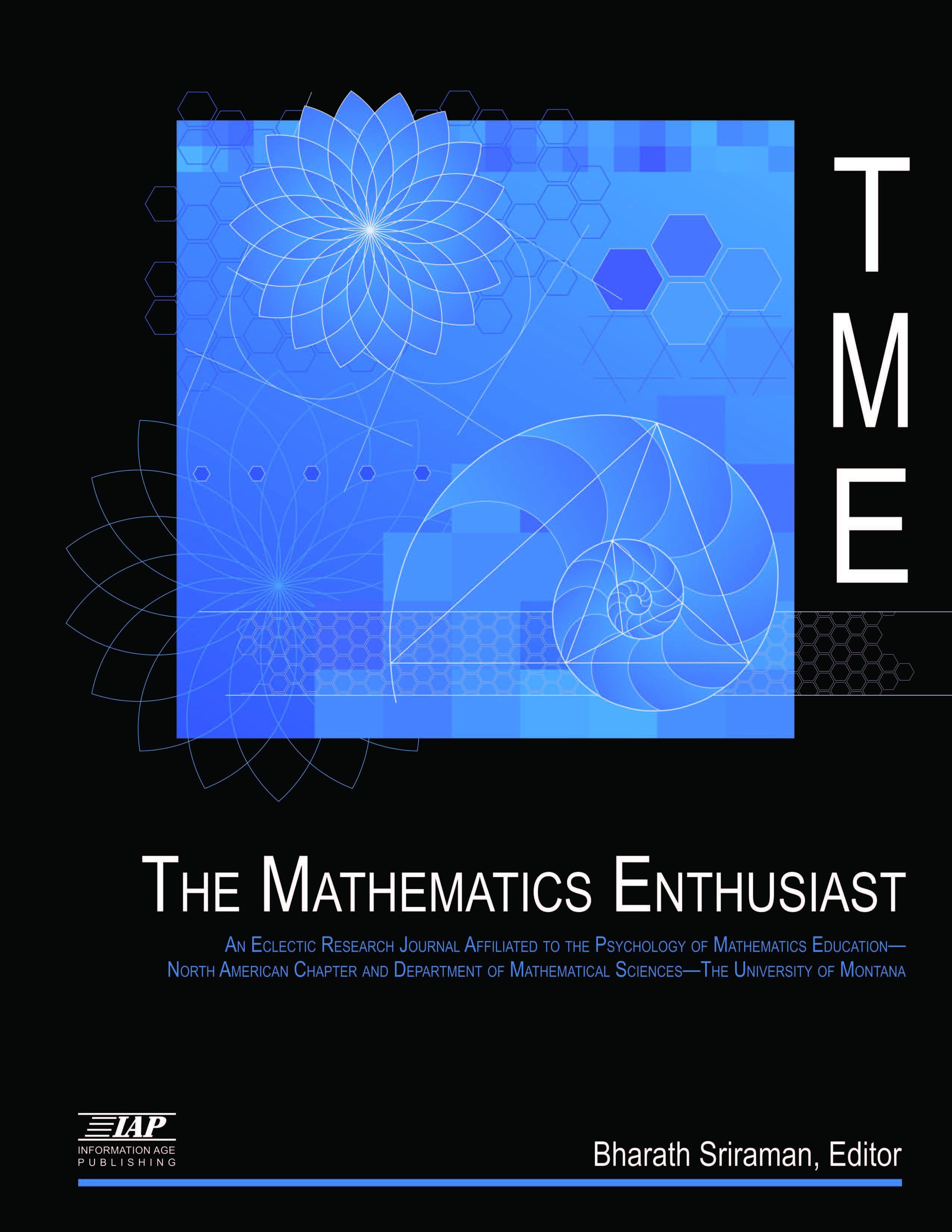
Volume
21
Issue
3
Abstract
Graph literacy, the ability to interpret and create graphical representations, is an important skill for students to learn mathematics and to succeed in STEM coursework and careers. Additionally, with the rapid development of technological devices and media, students are encountering increasingly more situations in which graph literacy is needed to make sense of and respond to information. In this paper, I present a conceptual analysis of what I consider the three layers constituting a graphical representation: frames of reference, coordinate system, and graph. Relatedly, I synthesize relevant literature and propose an analytical framework that could be used to make sense of students’ representations of spatial phenomena. The analytical framework was designed to answer the following question: How do students make sense of a spatial situation, establish frames of reference, and create re-presentations of the spatial situation via coordinated measurements? After I elaborate on the analytical framework, I draw data from teaching experiments to illustrate how the framework could be used to model students’ representations of spatial phenomena with attention to frames of reference and coordinate systems. Finally, I discuss how this framework could be used by researchers and educators for better attending to students’ graph thinking and making sense of students’ graph literacy.
First Page
603
Last Page
632
Recommended Citation
Lee, Hwa Young
(2024)
"An Analytical Framework for Making Sense of Students’ Graphical Representations with Attention to Frames of Reference and Coordinate Systems,"
The Mathematics Enthusiast: Vol. 21
:
No.
3
, Article 5.
DOI: https://doi.org/10.54870/1551-3440.1644
Available at:
https://scholarworks.umt.edu/tme/vol21/iss3/5
Digital Object Identifier (DOI)
10.54870/1551-3440.1644
Publisher
University of Montana, Maureen and Mike Mansfield Library
